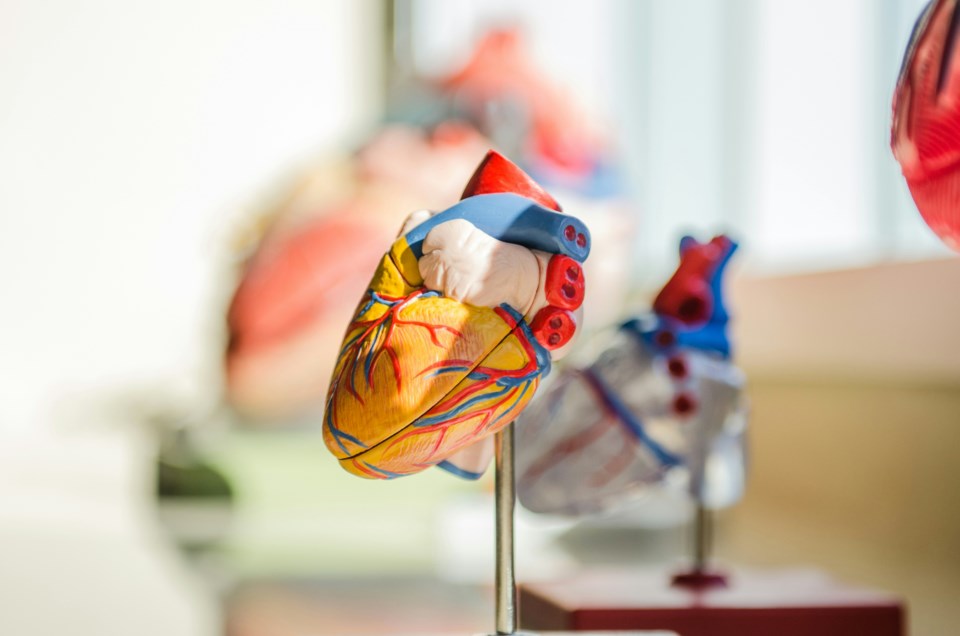What if improving your heart health could also reconnect you with your culture and the land? For the Sḵwx̱wú7mesh Úxwumixw (Squamish Nation), the answer might lie in something as simple—and as profound—as a foraging walk.
A collaborative research project between the Sḵwx̱wú7mesh Nation and UBC’s Faculty of Pharmaceutical Sciences has brought attention to the importance of traditional practices, particularly foraging walks, in improving heart health among Indigenous women.
The study titled ‘Promoting Slhánay̓ Sḵwálwen (Indigenous Women's Heart Health): Findings from Sharing Circles with Squamish Nation’, was guided by Elders and Knowledge Keepers from the Sḵwx̱wú7mesh Nation.
What the study found
The study included 16 participants– nine Sḵwx̱wú7mesh Nation community members, five Elders or Knowledge Keepers, and two researchers.
Through virtual sharing circles, the research explored “how foraging walks could serve as a culturally safe way to learn about nutrition and heart health.”
The study shows that most participants had little experience with foraging or traditional plant knowledge, but all expressed a strong interest in learning more.
They agreed that foraging walks could improve heart health by addressing five key areas: physical, emotional, spiritual, mental, and social well-being.
The sharing circles also revealed challenges in practising traditional foraging, such as limited access to natural areas and the effects of living in urban environments.
Holistic health through cultural practices
“If we consider the five dimensions of health—physical, mental, emotional, spiritual, and social—engaging in cultural practices addresses all of them,” Annalijn Conklin, an associate professor at UBC and co-lead of the study told The Squamish Chief.
“Western cardiovascular interventions often focus solely on physical health, but culturally safe approaches like foraging walks are holistic. One intervention can simultaneously support multiple dimensions, making cultural practices inherently powerful and efficient.”
For prevention, Conklin noted, many traditional practices already align with Western lifestyle recommendations.
“Foraging walks encourage physical activity, provide access to healthy plants, and foster social connections. Social health, in particular, is a critical factor in reducing mortality and improving longevity—more so than some standard risk factors like smoking cessation.”
Treatment, however, poses a different challenge.
“Many cardiovascular conditions didn’t exist in Indigenous communities prior to colonization,” Conklin said.
“Health-care teams must collaborate with local elders to adapt existing interventions in culturally safe ways, ensuring treatment methods resonate with community values and knowledge.”
Reviving lost knowledge
Spelex̱ílh aka Anjanette Dawson, a Sḵwx̱wú7mesh Nation Knowledge Keeper, shared how reconnecting with traditional practices has transformed her life.
“For the past five or six years, I’ve noticed a shift. People are choosing to move away from Western medicines and back to traditional remedies,” she said.
For Dawson, harvesting plants like devil’s club and spruce pitch requires careful timing, as the opportunity only comes once a year.
“It’s a commitment, but it’s worth it. These remedies work– and it’s amazing to see this knowledge coming back,” she said.
Despite its resurgence, urban living presents challenges.
“Many of us weren’t raised with this knowledge. How do you reintroduce something into your life that’s been replaced by what’s readily available today?” said Dawson.
Dawson also reflected on her upbringing in a home shaped by the legacy of residential schools.
“My parents—both residential school survivors—never cooked with spices or bold flavours. That was my normal. You’re shaped by what your mentors know unless you actively seek out new experiences or knowledge,” she said.
A community effort
Both Dawson and Conklin emphasized the importance of community-driven efforts in improving health outcomes.
“I wish these teachings had been introduced earlier in my life. For my generation, it feels late—our kids are grown, and adopting healthier habits now becomes more of a choice. However, for our grandchildren, there’s an opportunity to model these behaviours and pass them on,” Dawson said.
She likened this to the long recovery process from the residential school system.
“It will take generations to fully recover and change. Today, many people still rely on processed foods because fresh, healthy options are often too expensive or inaccessible, especially for those on fixed incomes or with large families,” she said.
The solution, she believes, lies in community collaboration. “The key is working together as a community,” Dawson said.
One tangible outcome of the research was a deck of flashcards summarizing traditional plants, their Squamish names, and their health benefits. “We distributed 2,000 cards to community members to help them reconnect with this knowledge,” Conklin said.
Where to go for foraging walks in Squamish
Whether you’re looking to learn more about local flora or simply spend time outdoors, there are several spots worth checking out.
Alice Lake Provincial Park offers lush trails that wind through serene forests and around sparkling lakes. The Skwelwil'em Squamish Estuary features scenic pathways with stunning views and diverse plant life. For a quieter experience, Crumpit Woods provides peaceful, forested areas ideal for exploration.
“It’s never too late to learn,” Dawson said. “The benefits go far beyond the physical.”
Bhagyashree Chatterjee is The Squamish Chief’s Indigenous affairs reporter. This reporting beat is made possible by the Local Journalism Initiative.



